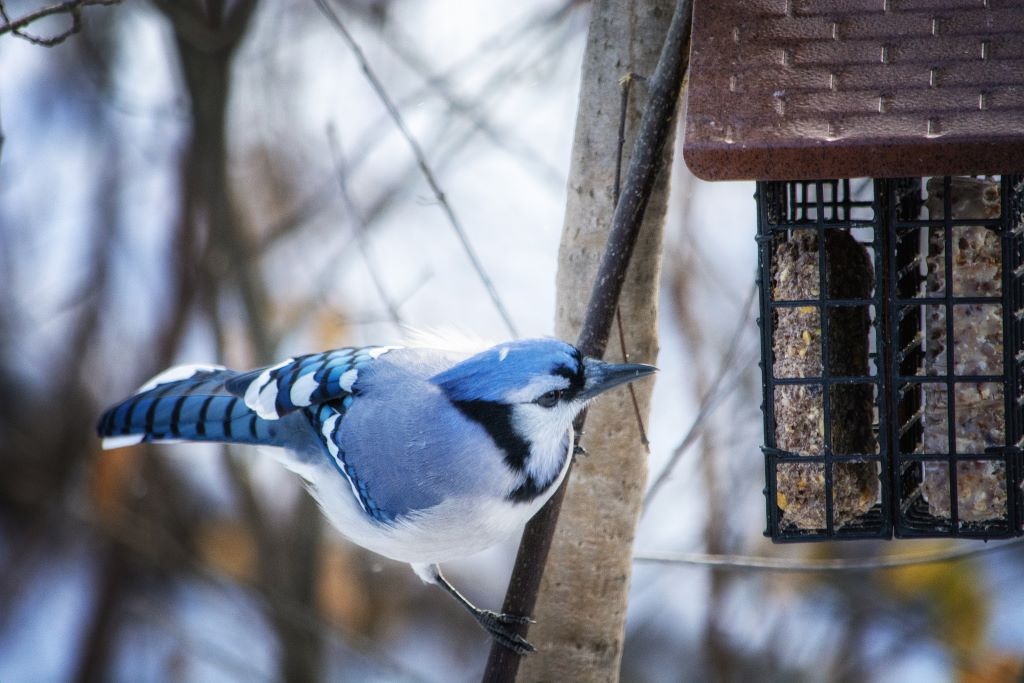Winter is a beautiful season, but it’s a tough one for wildlife. Birds looking for insects and other natural food sources are having to work harder than ever to find what they need. Luckily, there are many bird lovers willing to make up the difference by hanging backyard bird feeders. But what is the difference between feeding birds in the winter versus at other times of the year? We’ve already discussed some of our top winter bird feeding tips, like offering high-energy food and cleaning your bird feeders regularly to prevent disease. Here, we’ve added a few more tips for your consideration.
Winter Bird Feeding Tip #1: Keep Feeders Free of Water, Snow, and Ice
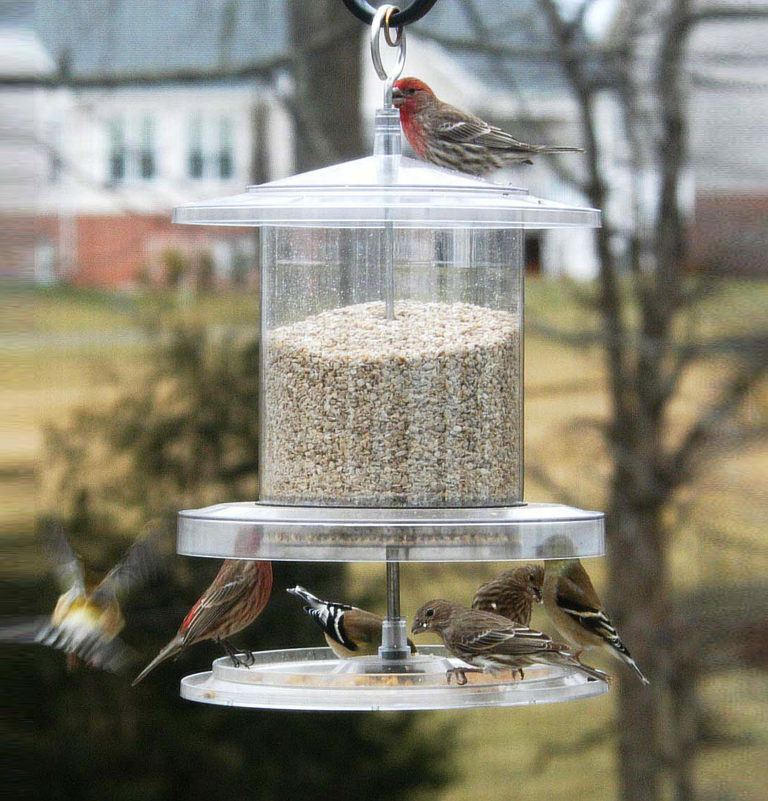
Check on your bird feeders frequently, and particularly after a storm, during the winter. Clean your feeders of any water, snow, or ice that has accumulated. This is important for two reasons. First, it keeps bird food accessible to birds. And second, it keeps bird food from getting moldy or mildewy from the moisture. Of course, you can always get an all-weather bird feeder with a cover or baffle to protect your feed from snow, rain, and ice.
Winter Bird Feeding Tip #2: Get a Pest-Proof Bird Feeder
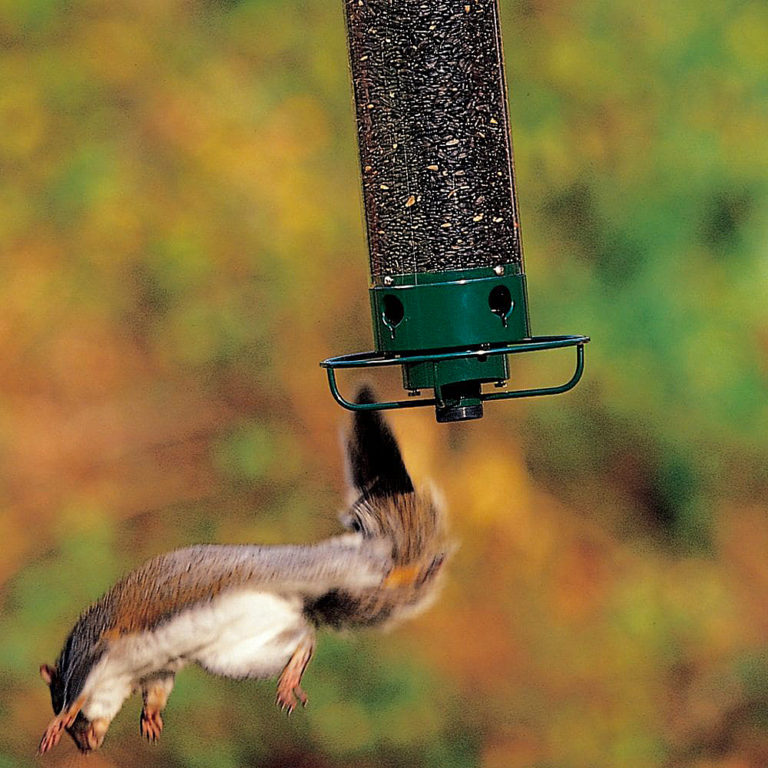
Birds aren’t the only wildlife looking for provisions in the cold weather. Birds are competing with squirrels, raccoons, and other pests at your bird feeders, so they need a bit of an advantage. Squirrel-proof bird feeders are an excellent, safe way to deter squirrels from your feeders. They’re designed with mechanisms that squirrels find hard to navigate, like the Yankee Flipper that gently spins a squirrel off when it tries to get to the seed inside. Or you can add a baffle to create the same effect with a standard bird feeder.
Winter Bird Feeding Tip #3: Hang Feeders in the Right Places
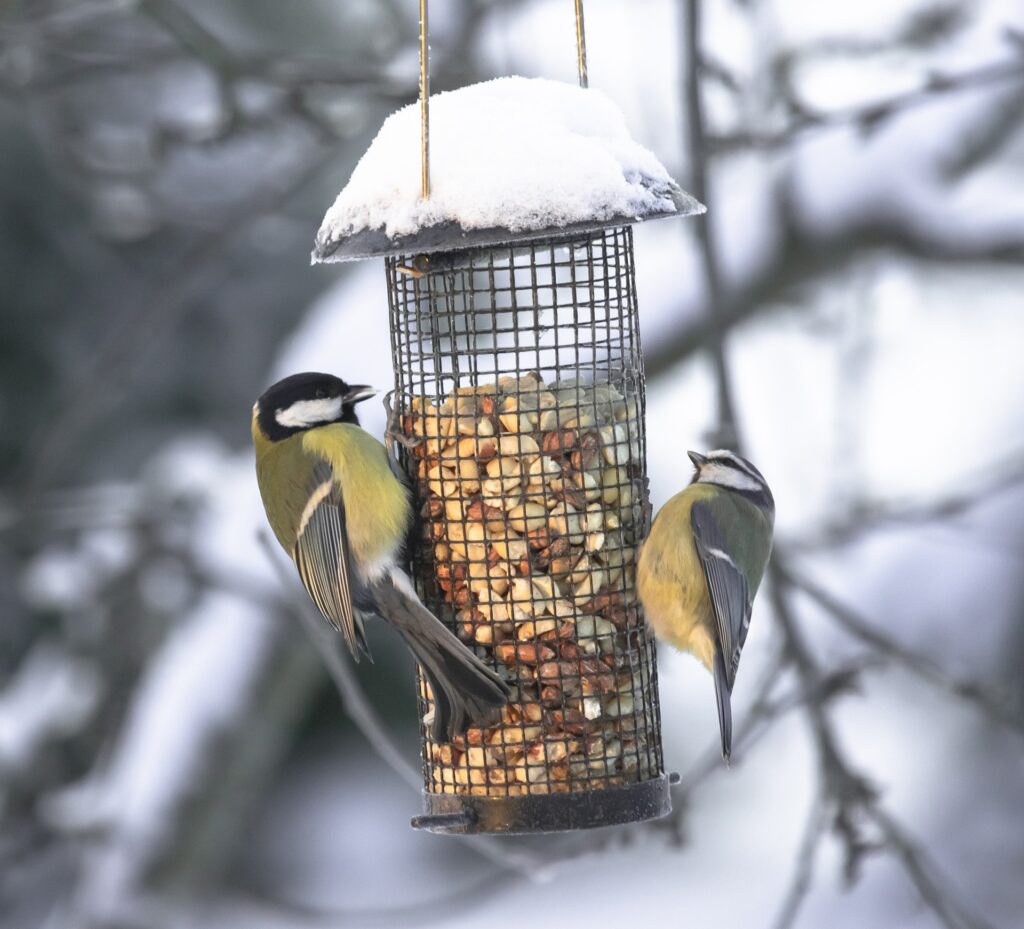
It’s natural to want to hang feeders in the spaces we can see easily—like in front of our kitchen or patio window. After all, one of the main perks of having a bird feeder is watching birds’ antics and seeing the vast array of species we can attract. But one more thing to consider: it’s also important to choose a space where birds feel comfortable feeding—such as near shrubs, trees, and other natural sheltering spots. Birds gravitate to these areas because they provide cover and protection from predators. So, while deciding where to hang or mount your feeders, definitely place them in spots you can backyard bird watch, and those with natural shelter nearby so birds know it’s a safe space to rest and replenish.
Winter Bird Feeding Tip #4: Offer Fruit at Your Feeders
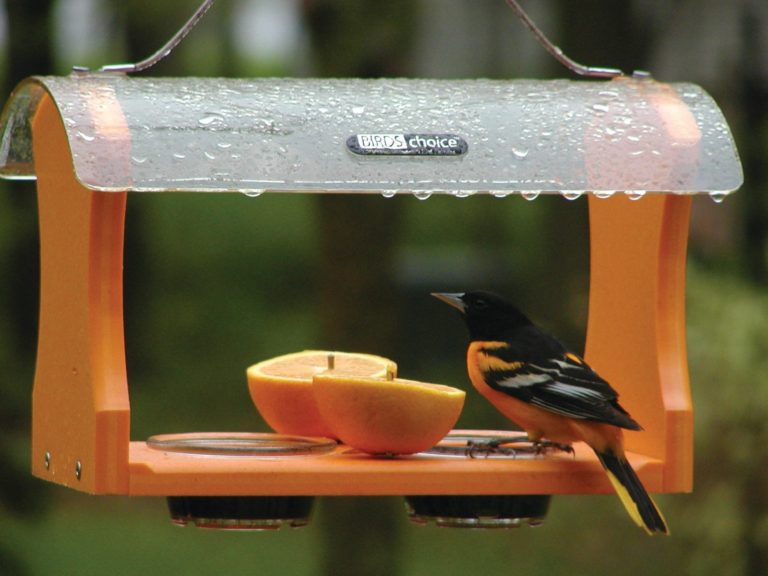
Along with high-energy foods like suet and nutrient-packed bird seed mixes, fruit is an excellent (and hard-to-come-by) food for birds in winter. If you have a platform feeder, add a few fruit slices for good measure. Or add a fruit feeder, especially if you want to attract orioles, woodpeckers, warblers, towhees, thrushes, and other fruit-loving birds. What fruit is their favorite? Apples, peaches, cherries, grapes, plums, oranges, blueberries, raspberries, raisins, and a whole slew of other types.
Winter Bird Feeding Tip #5: Make Sure Your Feeders are Full
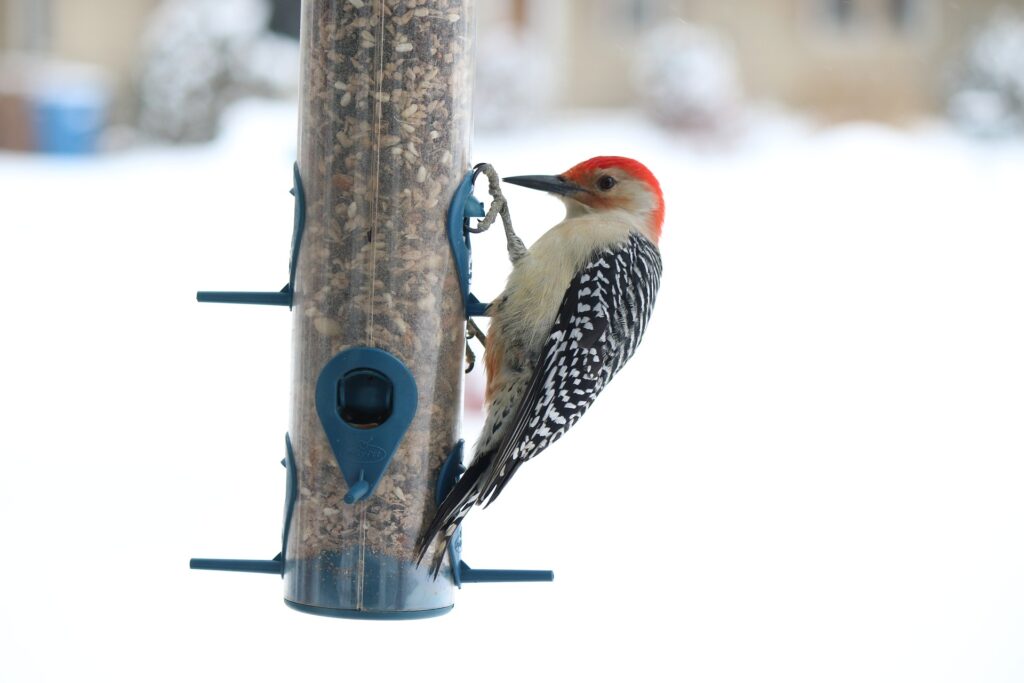
Many people prefer larger-capacity bird feeders for the winter because they stay full for longer, meaning more time between refills. Whatever size bird feeder or feeders you have, winter is the time to keep them full as much as possible. This is key, especially when hanging a new bird feeder, or repositioning it in a different space. Often, it takes some time for birds to find your feeders, and once they do, they need to know that it’s a reliable place to find food. Birds are typically pretty forgiving if you leave a feeder empty a few times, but they’ll stop visiting if it becomes a habit. Keeping your feeders full is a surefire way to keep them coming back, and keep them fed through winter.
Winter Bird Feeding Tip #6: Stock Up on Bird Seed
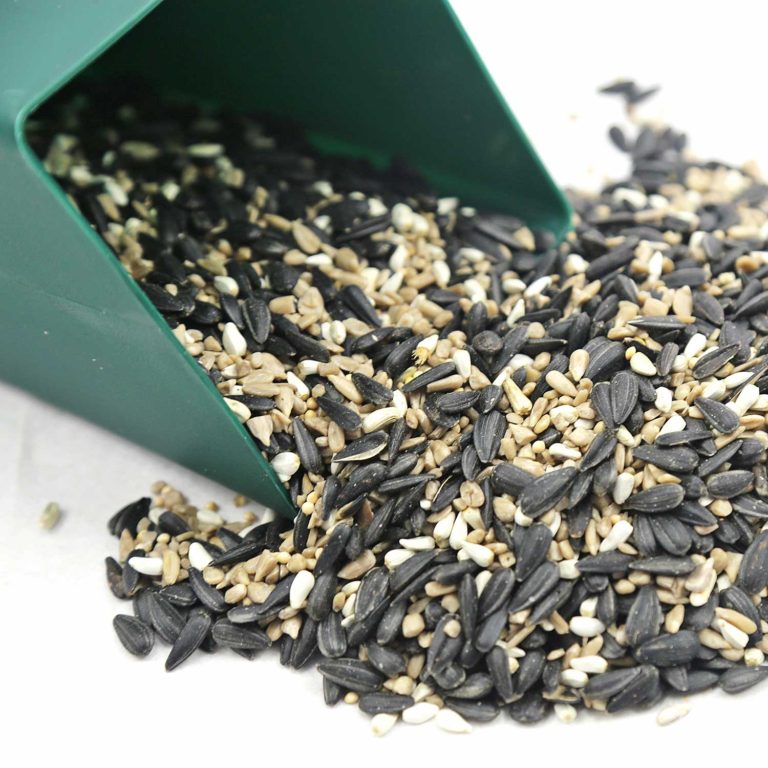
This is especially prudent for places like Big Bear, which get a lot of snow in the winter months. That’s why it’s wise to stock up beforehand with a good amount of high-quality bird seed. At Chirp, we have 20 lb. bags and seed buckets of our proprietary Big Bear Blend (a hit with local birds) along with other seed mixes. We also have black oil sunflower seeds, Nyjer seeds, and other locally sourced bird food like corn cobs, mealworms, and more.
Watch or Re-Watch Chirp’s Bird Walks and Talks!
Enjoy all the wonders of the Big Bear Valley from the comfort of your couch by watching our Bird Walks, available on Chirp’s YouTube channel. You can also learn more about your favorite birds, and finally get answers to all your burning bird questions, with our recorded Bird Talks. Take a virtual bird cruise, find out how clever crows are, and learn how to protect wild birds from wildfires. Our videos are family friendly too, so why not grab a bowl of popcorn and enjoy some nature-friendly fun together?

